March 21st marks the first day of spring for many of us, but for Persians all around the world it also marks Nowruz, the Persian New Year. It is a secular holiday that is celebrated by people of different faiths not only in Iran, but also across Central Asia and some places in South Asia.
However, its roots are in the religion of Zoroastrianism, which originated in Ancient Persia thousands of years ago. The celebrations is 13 days long, and it consists of families and friends conversing as well as eating delicious food together.
The haft seen is the traditional table setting or alter that many families set at the start of Nowruz. Haft-seen literally means “table of seven things that start with the letter S.”
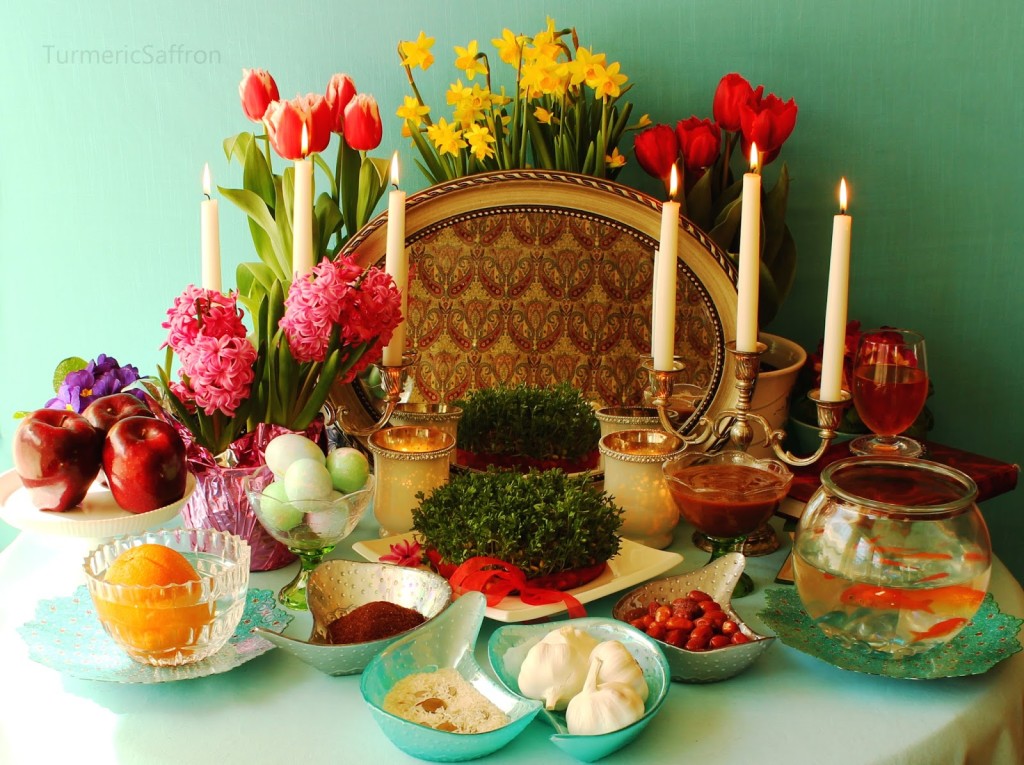
Photo Courtesy of www.turmericsaffron.com
The seven main items are all food groups. Sumac (crushed spices of berries), represents the spice of life. Senjed (sweet dry fruit from a lotus tree) symbolizes affection and love. Serkeh (vinegar) symbolizes age and patience. Seeb (apples) and Sir (garlic) respectively represent beauty, health and wellness.
Samanu (wheat pudding) symbolizes fertility and the “sweetness” of life. Finally Sabzeh (sprouted wheat grass) symbolizes the season of spring, rebirth and renewal of nature. Besides these food stuffs, people put other symbolic decorations as well such as candles, gold fish, colored eggs and coins.
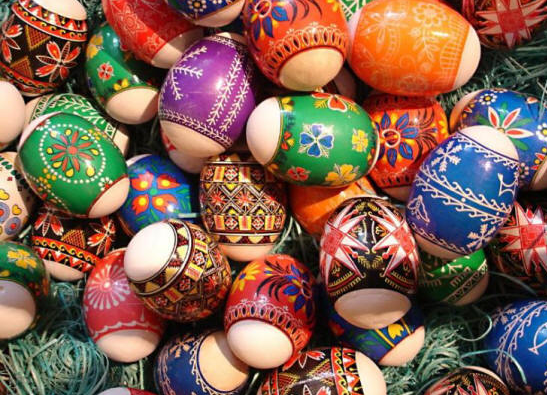
Photo Courtesy of pinterest.com
Now that you’ve got the vocab, it’s time to impress your Persian friends with knowledge of the origins of Nowruz, along with these essential Persian dishes.
1. Dolmeh Barg
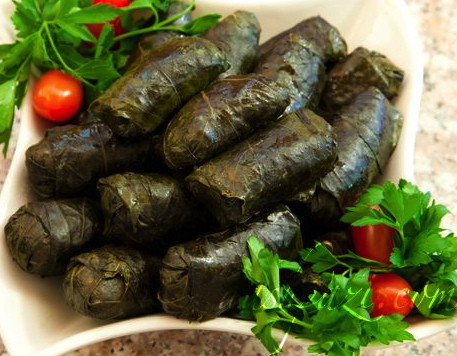
Photo courtesy of aashpazi.com
Stuffed grape leaves are popular all over the Middle East. Tomato, eggplant, or zucchini are vegetables that are typically used for stuffing. The Persian version, though, is stuffed with ground lamb and rice.
2. Ghormeh Sabzi
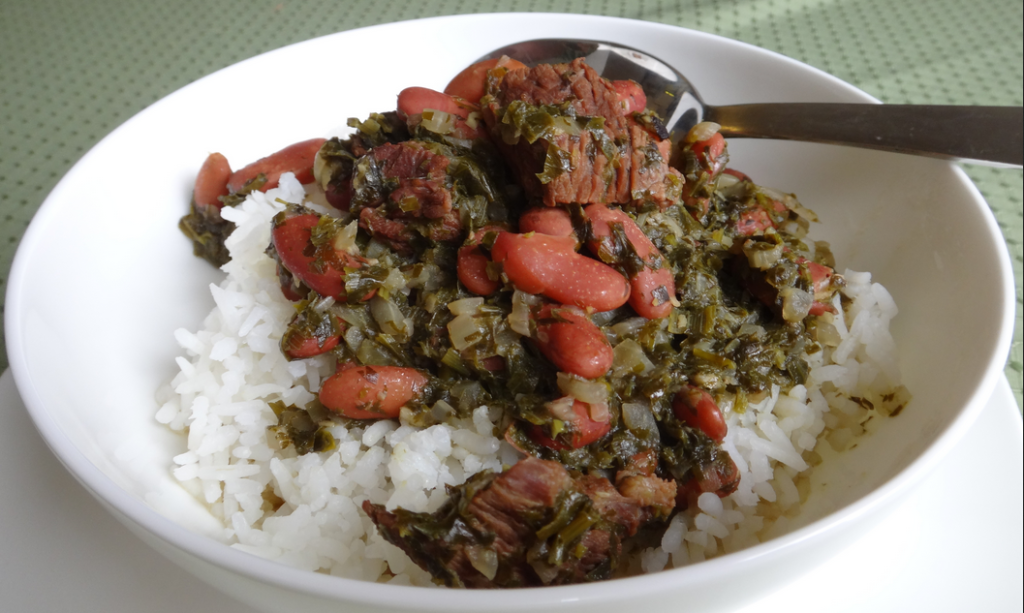
Photo Courtesy of oishiirasoi.com
If you’re a lamb-lover, you have to try ghormeh sabzi. This dish consists of chunks of tender lamb and kidney beans in a spinach based sauce, usually served with white rice.
3. Sabzi Polo ba Mahi
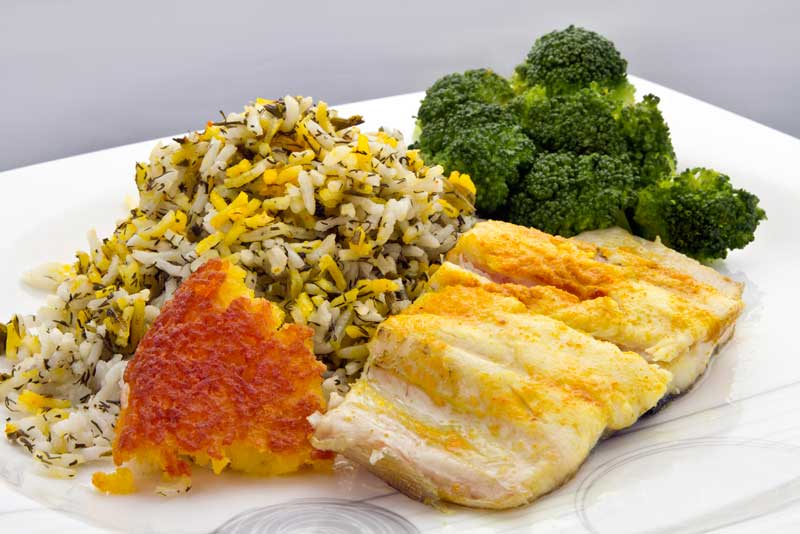
Photo courtesy of englishbaby.com
This dish is typically served on New Year’s day, it is comprised of mixed herb rice and a white fish. In Iran, cooks typically use local fish such as Caspian kutum, but any white fish like tilapia may be used as well.
4. Naan Berengi
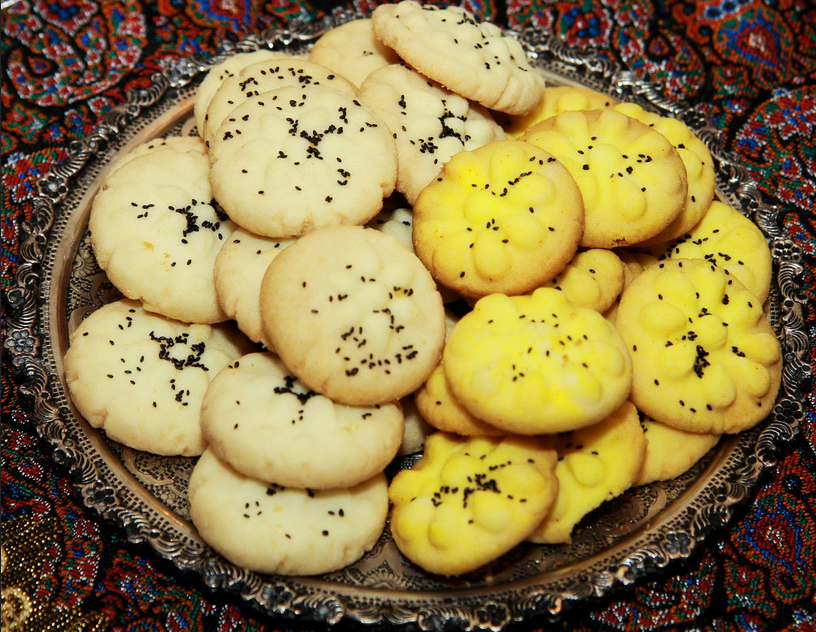
Photo Courtesy of flickr.com/photos/essimoonesi
To satisfy your sweet tooth, pop one of these delightful Persian cookies into your mouth. They’re made with rice flour and sprinkled with poppy seeds. A perfect accompaniment to a warm glass of Persian tea.
5. Kookoo Sabzi
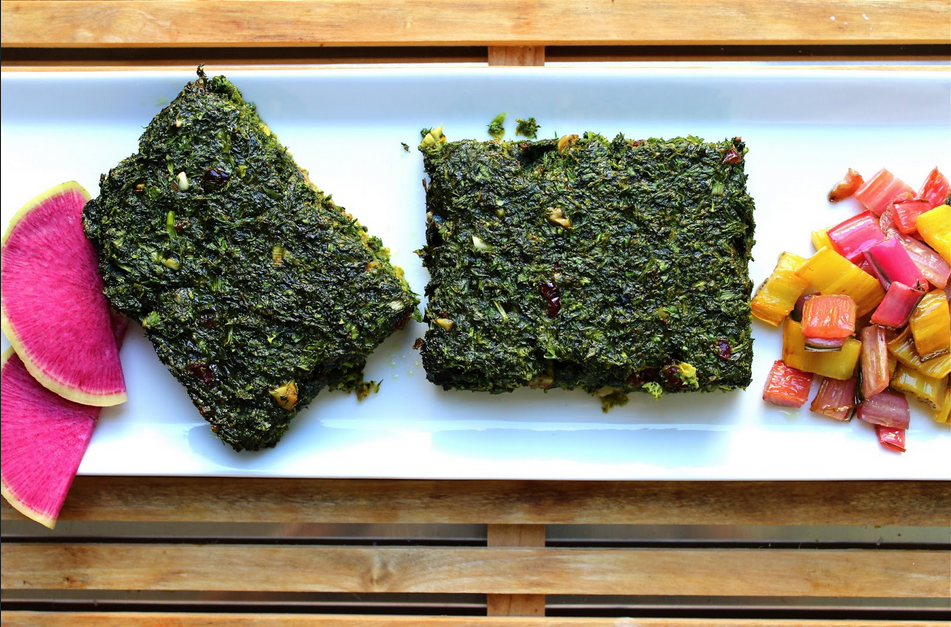
Photo Courtesy of bottomofthepot.com
If you’re a fan of frittatas, omelets or eggs in general then Kookoo Sabzi is the way to go. This dish is a Persian style herbed omelet.
Nowruz officially is on March 21st this year, and you are now fully prepared to celebrate it right. For UNC students, the UNC Persian Cultural Society is hosting an event on March 27th. More information on the event can be found here: https://www.facebook.com/events/824532584273665/.
Check out these similar articles:

